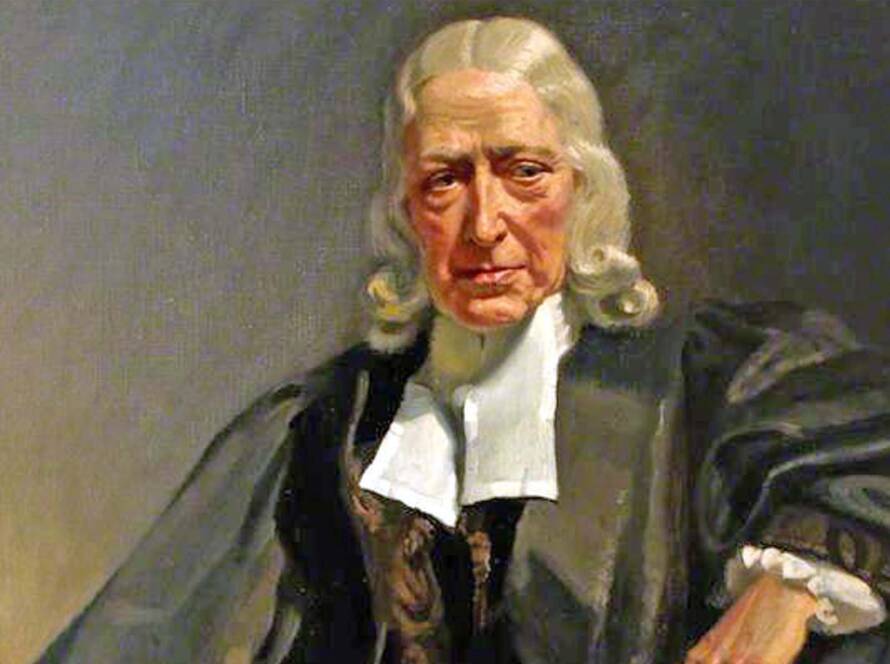The Wesleyan Quadrilateral is a methodological approach used primarily in Methodist theology for theological reflection and doctrinal development. It was formulated by Albert C. Outler, a 20th-century Methodist theologian, based on the teachings of John Wesley, the founder of Methodism. The Quadrilateral consists of four sources of theological authority:
- Scripture: The Bible is considered the primary and most authoritative source for theology and Christian practice. Wesley emphasized the importance of the scriptures in understanding God’s will and teaching.
- Tradition: This includes the accumulated wisdom and practices of the Church throughout its history. Wesley valued the teachings of early church fathers, ecumenical councils, and the historical continuity of the faith.
- Reason: Reason is used to interpret and understand the Scriptures and tradition. It involves logical analysis, critical thinking, and the ability to make coherent and rational arguments about faith.
- Experience: Personal and communal experiences of God, particularly the inner witness of the Holy Spirit, are essential. This includes individual spiritual experiences and the collective experiences of the Christian community.
IMPORTANCE OF THE WESLEYAN QUADRILATERAL
- Holistic Approach: The Quadrilateral offers a balanced and comprehensive approach to theological reflection, ensuring that no single source of authority is used in isolation. It recognizes the complexity of faith and encourages the integration of various perspectives.
- Flexibility and Adaptability: By incorporating multiple sources of authority, the Quadrilateral allows for adaptability in theological reflection and practice. This is particularly useful in addressing new issues and contexts that arise in the modern world.
- Emphasis on Experience: The inclusion of experience as a source of authority highlights the importance of personal and communal encounters with God. This experiential dimension underscores the dynamic and living nature of faith.
- Rational Engagement: The emphasis on reason encourages thoughtful and informed engagement with theological issues. It promotes a faith that is intellectually robust and able to dialogue with contemporary philosophical and scientific thought.
- Continuity and Tradition: By valuing tradition, the Quadrilateral maintains continuity with the historical faith of the Church. This ensures that contemporary theological reflection is grounded in the wisdom of the past.
- Biblical Centrality: While it incorporates other sources of authority, the Quadrilateral places primary importance on Scripture, ensuring that theological reflection remains rooted in the foundational texts of the Christian faith.
WHY IS THE WESLEYAN QUADRILATERAL CONTROVERSIAL?
The Wesleyan Quadrilateral, while valued for its holistic approach to theology, is also a subject of controversy for several reasons:
- Relative Weight of Sources: Critics argue about the relative weight and authority of each source in the Quadrilateral. While Scripture is often considered primary, there can be disagreements about how much authority should be given to tradition, reason, and experience. Some worry that overemphasizing reason or experience might undermine the authority of Scripture.
- Subjectivity of Experience: The inclusion of experience as a source of authority can be controversial because experiences are inherently subjective and can vary widely between individuals and communities. Critics argue that this can lead to theological pluralism and inconsistency, making it difficult to maintain doctrinal coherence.
- Interpretive Challenges: The integration of four sources of authority can create interpretive challenges. Balancing these sources requires discernment and can lead to conflicting interpretations. Critics argue that this complexity can make it harder to arrive at clear theological conclusions.
- Tradition vs. Innovation: The Quadrilateral’s emphasis on tradition can be seen as both a strength and a weakness. While it ensures continuity with the past, critics argue that it can also hinder innovation and adaptation to new contexts. Conversely, some worry that too much emphasis on reason and experience might lead to a departure from traditional doctrines.
- Potential for Rationalism: Some critics argue that giving too much weight to reason can lead to a form of rationalism that diminishes the mystery and supernatural aspects of faith. They fear that an over-reliance on human reason might lead to a watered-down theology that aligns too closely with contemporary secular thought.
- Misinterpretation of Wesley’s Intent: Some scholars and theologians argue that Albert Outler’s formulation of the Quadrilateral does not fully capture John Wesley’s original intent. They claim that Wesley himself placed a much stronger emphasis on Scripture as the ultimate authority and that the Quadrilateral, as popularly understood, might misrepresent this aspect of his theology.
In summary, the Wesleyan Quadrilateral is controversial because it introduces a complex interplay of sources of authority that can lead to varied interpretations and theological approaches. While it provides a flexible framework for theological reflection, it also raises significant questions about the nature and hierarchy of authority in Christian theology.



